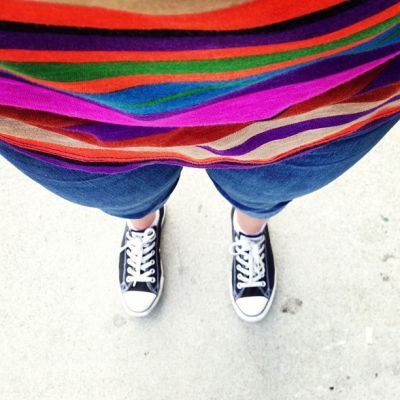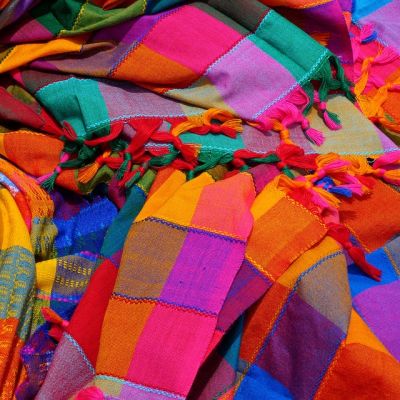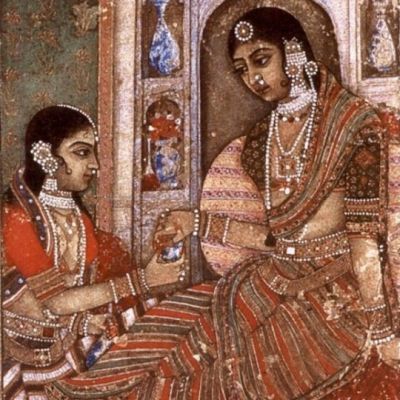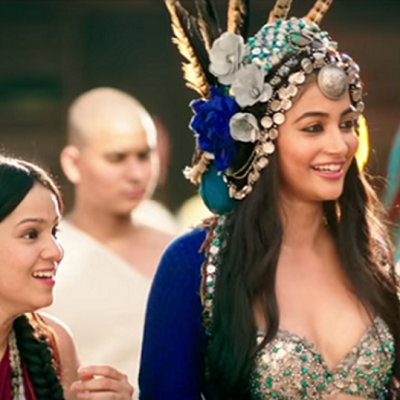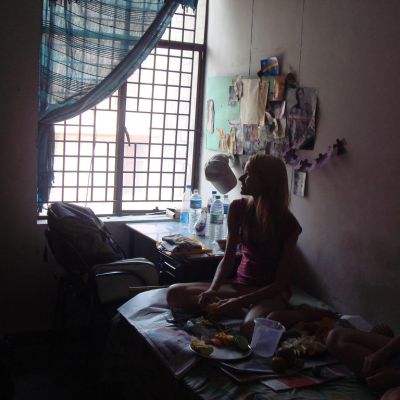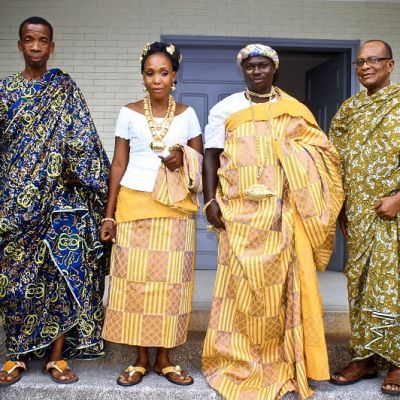attire and sexuality
Personally, I don’t know if it’s because of how Instagram has evolved, or the people using it, or, well, me. Among its most wonderful sights – jaw-dropping beautiful travel destinations; delicious-looking home-cooked South Indian food neatly arranged on a stainless steel plate; doodles and handicraft – what I love about the platform is watching people, mostly women, dressed up.
Where perhaps attire traditionally demarcates community identity (one’s tribe, religion, caste, class, etc.), it has in more recent times (along with other identifiable commodities) come to also be used to express, assert, assess, control and contest individual identity. How does sexuality come into play in matters of attire and identity? And how do they all relate to how we live and connect with each other?
पहनावे से जुडी नैतिक पुलिसिंग व लैंगिक भेदभाव को लेकर एक लंबा इतिहास रहा है। जहां पुरुषों के लिये उनका पहनावा उनके सामाजिक स्टेटस को दिखाता है वहीँ दूसरी ओर महिलाओ के लिये उनके पहनावे को लेकर मानदंड एकदम अलग है! जोकि महिलाओं के पहनावे के तरिके की निंदा करते हुए एक व्यक्तिगत पसंद पर नैतिक निर्णय बनाते हैं! भारत में कई राज्यों में महिलाएँ या लडकियां कुछ खास तरह के कपड़े नहीं पहन सकती है या फिर मैं ये कहूंगी कि ऐसे कपडे जिसमें वो ज्यादा आकर्शित लगती हों! जबकि पुरुष वही तंग जींस पहन सकते हैं पारदर्शी शर्ट पहनते हैं और धोती पहन सकते हैं!
Personally, I don’t know if it’s because of how Instagram has evolved, or the people using it, or, well, me. Among its most wonderful sights – jaw-dropping beautiful travel destinations; delicious-looking home-cooked South Indian food neatly arranged on a stainless steel plate; doodles and handicraft – what I love about the platform is watching people, mostly women, dressed up.
Now, You Can Go Home is a compilation of photo works created in the past two years and continues to be an open project where each photograph performs a story about explorations of different characters providing glimpses of them in fear, self-acceptance, longing and celebration.
वह एक ऐसे परिवार में बड़ी हुई थीं जहाँ बनने संवरनें की सराहना की जाती थी, इसलिए कपड़ों के प्रति उनकी चाहत को कभी भी विलासिता की तरह नहीं देखा गया। उनकी माँ की शख्शियत की एक विशिष्ट पहचान, उनकी बड़ी सी बिंदी और सूती साड़ी हमेशा अपनी जगह पर रहती थी, चाहे दिन का कोई भी समय हो, चाहे वो खाना बना रहीं हों, धूप या बारिश में बाहर गई हों, सो रहीं हों या बस अभी ही जागी हों, हंस रहीं हों, या रो रहीं हों। उनकी और उनकी बहन के लिए, उनकी माँ की फैशन को लेकर एक ही सलाह थी, “हमेशा ऐसे तैयार होकर रहो जैसे आप बाहर जा रहे हों, भले ही आप सारा दिन घर पर ही हों।” अपनी माँ की सलाह के बावजूद, वह घर पर ‘गुदड़ी के लाल’ की तरह और बाहर जाते वक़्त ‘सिंडरेला’ की तर्ज़ पर चलने वाली बनी।
It was the beginning of what has been called the Great Male Renunciation, which would see men abandon the wearing of jewellery, bright colours and ostentatious fabrics in favour of a dark, more sober, and homogeneous look. Men’s clothing no longer operated so clearly as a signifier of social class, but while these boundaries were being blurred, the differences between the sexes became more pronounced.
Purushu talks about his new fashion line, about the connection between attire and gender roles, the social statement cisgender people make when they wear gender-neutral clothing, and how the rise in gender-neutral clothing will affect the way we think about masculinity.
Bollywood’s period dramas have a history of misrepresenting the past. From Mughal-e-Azam (1960), where the story of Salim’s rebellion is wrongly attributed to love, to Bajirao Mastani (2015) portraying Balaji Bajirao as a Marathi superman, Bollywood cannot seem to get the history right in historical fiction. The trailer and posters of Ashutosh Gowariker’s Mohenjo Daro indicate that this tradition will be perpetuated.
I did my schooling and higher studies in Delhi. Thanks to a compulsorily uniform attire at school, the differences in socio-economic backgrounds of students were successfully erased. But as one enters college, one’s attire gets significant attention, especially for a person from a weak socio-economic background. This transition period from school to college is also the age of sexual anxieties, experiments and experiences.
Despite the intervention of many well-meaning aunties and friends over cups of chai, I don’t think I was aware of how truly strange, let’s even say ridiculous, I looked at the time. Because although I was wearing kurtis nearly every day, I didn’t really understand the ‘rules’ of wearing kurtis.
The link between women’s clothing and patriarchy is important to acknowledge and understand if we are to address some pertinent questions around women’s agency and ability to exercise control over their choices, bodies and sexuality – questions that feminists around the world, including in South Asia, continue to struggle with.
Alok Vaid-Menon is one half of the trans South Asian performance duo from New York, DarkMatter. Vaid-Menon was gender-assigned male at birth, identifies as transfeminine (that is, identifies with femininity to a greater extent than with masculinity) and prefers the pronouns ‘they’ and ‘their’.
Sub-Saharan Africa itself is very diverse. There are Muslims, Christians and people whose cosmological beliefs and practices hark back to the thousands of years before the arrival of the monotheistic faiths. South Asia has also had some cultural impact, particularly in Eastern, Central and Southern Africa. Against this general background, it is not surprising that notions of feminine modesty, which influences the regulation of dress, vary across regions and religious traditions.
“Large will not fit you.” / She is scoping me, up and down, eyes / Flicking fast and darting away / From the roundness of my breasts / To the happy jiggle of my thighs.

